While Valencia is often overlooked in favour of bigger and better-known cities such as Madrid and Barcelona, in some ways this has worked to its advantage. Over the past two decades, this charming port city on the southeastern coast of Spain has become a sophisticated and cultured hotspot while retaining an irresistibly local, laidback feel. That makes it perfect for a city break.
The cobblestoned streets of the Old Town, a walled city in Roman times, give an evocative glimpse into the city’s rich past, and is also where you’ll find one of the best art museums in the country. Marvel at the futuristic City of Arts and Sciences complex, which houses Europe’s largest aquarium as well as a science museum and opera house, and wander through the picturesque backstreets of the old fisherman’s quarter, which backs onto a long stretch of golden beach: Valencia basks in sunshine 300 days a year, with very little rain and mild winters, making it the ultimate year-round destination.
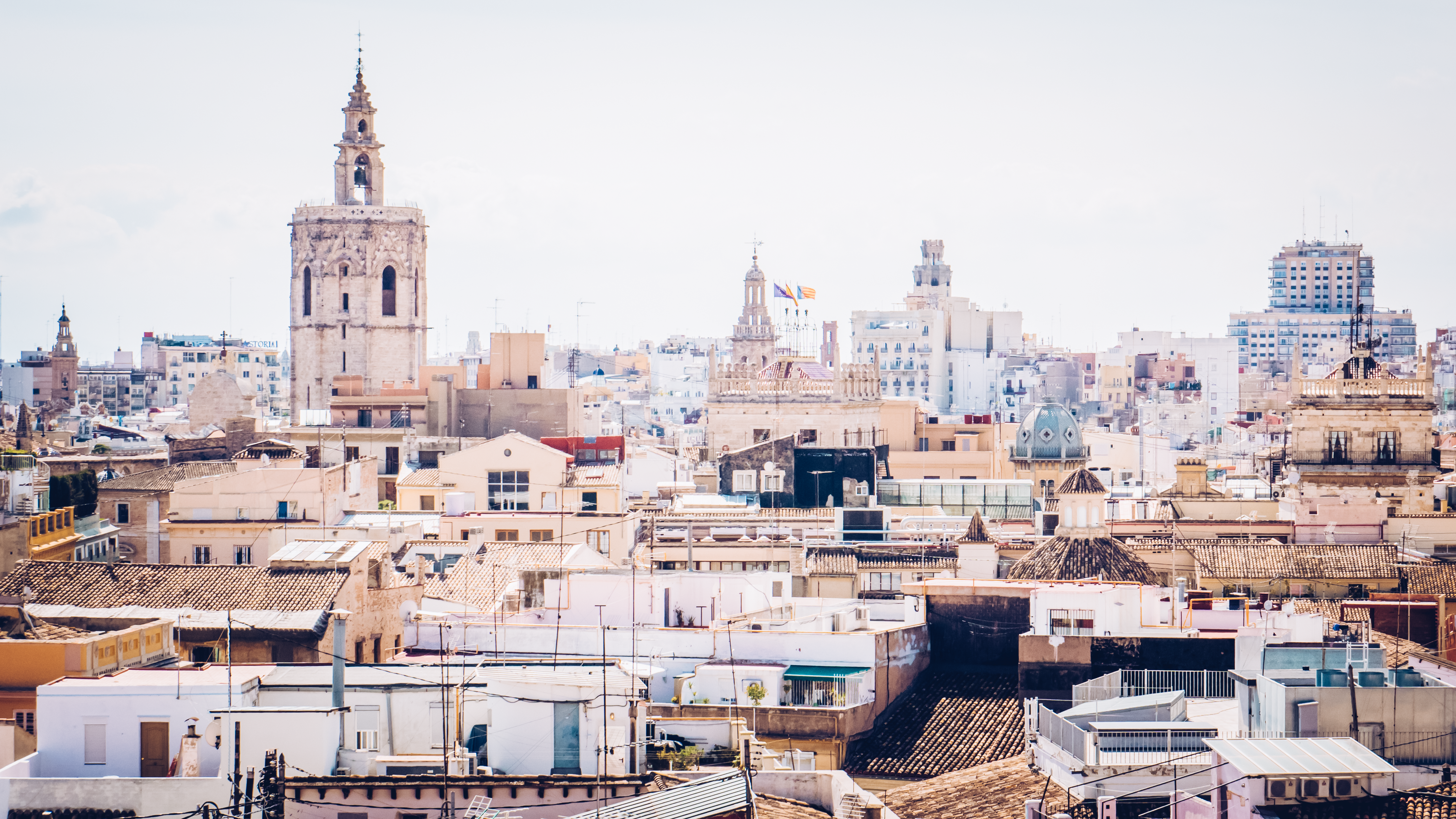
Eat
Sampling paella is a highlight of any trip to Valencia. This quintessential Spanish dish originated in the rice fields surrounding the city, so you’ll find it on almost every menu—although locals will be quick to tell you that an authentic paella never combines chicken and seafood.
Instead, try paella valenciana, made with rabbit, chicken and local beans (snails are optional) or paella de mariscos, usually with prawns, mussels, calamari and clams. Tradition dictates that paella is eaten next to the sea and always at lunchtime, so join the locals at the restaurants lining Malvarrosa beach and tuck in. La Pepica was a favourite of Ernest Hemingway—legend has it that he used to mix his own sangria in the kitchen—and the first vegetarian paella, paella de verdures, was invented here for Sofía, the Queen of Spain.
Another specialty unique to Valencia is horchata, a sweet and creamy drink made from tiger nut tubers and usually accompanied by fartons, finger-shaped buns dusted with sugar. Try it at Horchatería Santa Catalina, a gloriously traditional tiled horchatería near Central Market, but if it’s not quite to your liking you can get hot chocolate and churros here too.
Central Market itself is well worth a visit. Set in a soaring modernist building adorned with stained glass windows, decorative tiles and and iron columns, this is where locals do their grocery shopping and is a great place to stock up on picnic supplies. There’s only one place to eat inside, and if you manage to nab a stool you’re in for a treat. One of four restaurants run by the star chef Ricard Camarena (Ricard Camarena Restaurant has two Michelin stars), Central Bar serves tapas and gourmet sandwiches made from the freshest ingredients sourced from the market.
Then there’s the tapas, of course. The narrow winding streets of El Cabanyal, the old fisherman’s quarter next to the port, are lined with colourful houses with original art nouveau tiling and old-style tapas bars. Casa Montaña is one of the oldest restaurants in the city as well as one of the best—make sure you reserve a table in advance. Head to the beach afterwards for a walk or siesta.
The bohemian neighbourhood of Ruzafa—once working class, now rapidly gentrifying—is the best place to find vegetarian and vegan food, still something of a rarity in Valencia. The menú del día at the sophisticated Restaurante Copenhagen is terrific value and includes dessert or coffee and artisan bread.
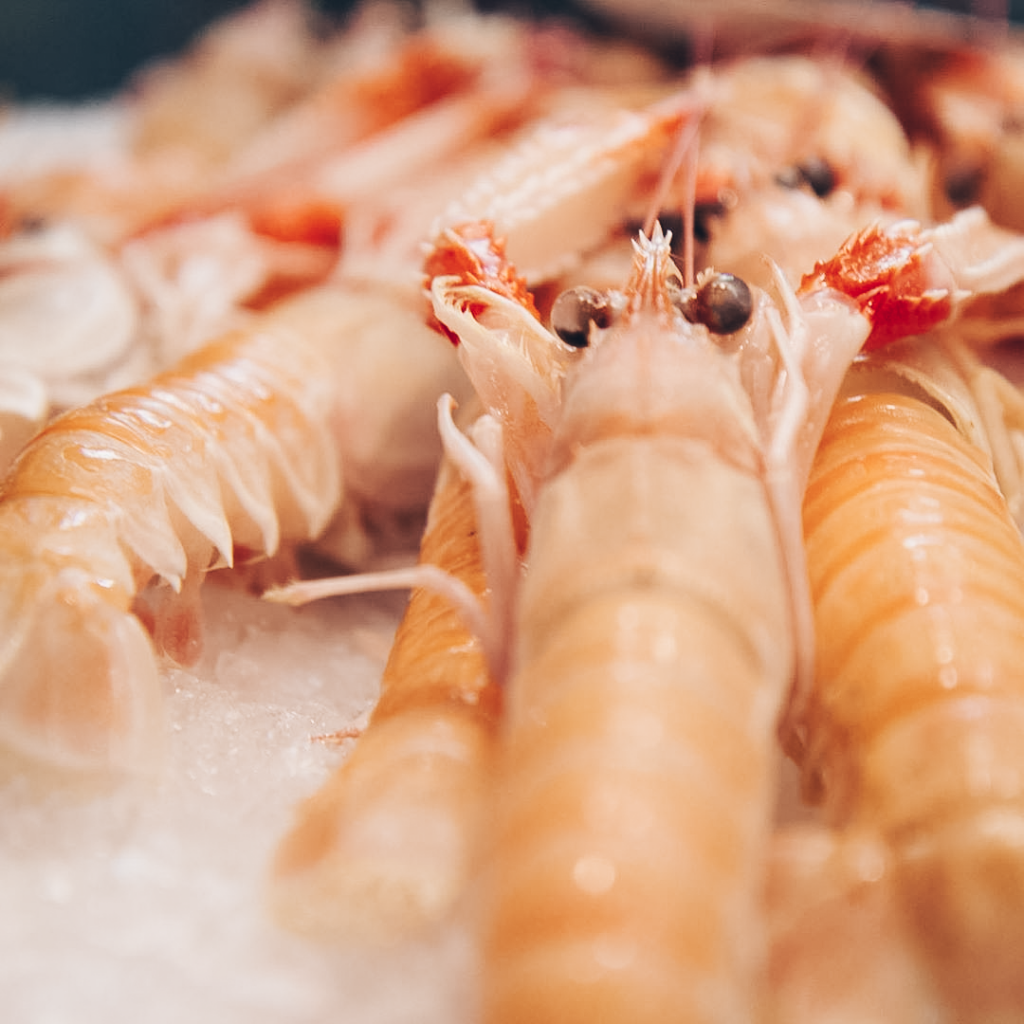
Tasty tapas at Central Bar always go down a treat. Credit: Central Bar 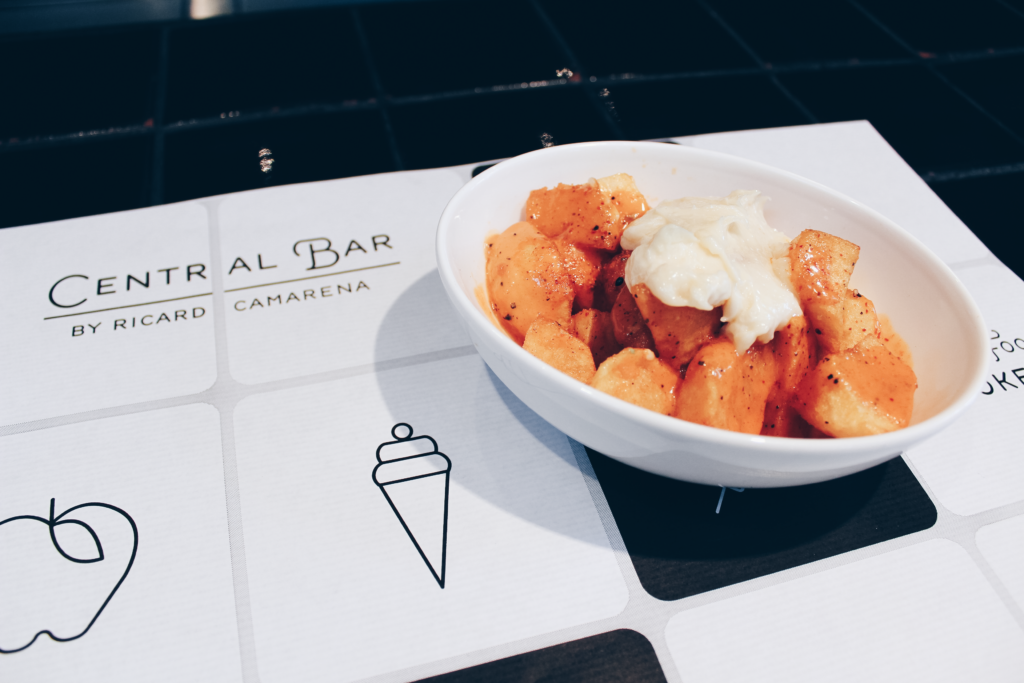
Patatas Bravas are a must when dining at Central Bar. Credit Central Bar
Play
Valencia’s Old Town is best explored on foot. Valencia Cathedral is said to be the final resting place of the Holy Grail—the chalice used by Christ at the Last Supper—and is a lavish mishmash of Gothic, Renaissance and Baroque styles. It is well worth climbing all 207 steps of the Miguelete tower, which was a minaret during the time of the Moors, for panoramic views of the city.
The Marqués de dos Aguas Palace is a striking example of Baroque architecture, and while the alabaster carvings flanking the main entrance certainly are eye-catching, the interiors are equally as flamboyant, with magnificent painted ceilings, chandeliers and ornate furnishings; there’s even a collection of antique carriages on the ground floor. The Museum of Ceramics, located upstairs, features porcelain plates and painted tiles from both Valencia and around the world—look out for a couple of pieces by Picasso.
The Museum of Fine Arts includes paintings by Goya, El Greco and Velázquez and the Ivam (Institut Valencià d’Art Modern) is an important centre for modern and contemporary art in both Spain and Europe. The latter is set in a 13th-century convent backing onto the Turia Gardens, an urban park developed along the bed of a river which once flowed through the city but was diverted in 1957 after catastrophic floods.
At the western end of Turia is Valencia Bioparc, a new-generation zoo that immerses visitors into the animal’s natural habitat instead of using traditional cages and enclosures. To the east is the iconic City of Arts and Sciences, which includes an opera house, IMAX theatre, science museum and planetarium, as well as L’Oceanogràfic, Europe’s biggest aquarium.

Malvarrosa Beach is the perfect spot to spend a sunny day in Valencia. Credit: Shutterstock 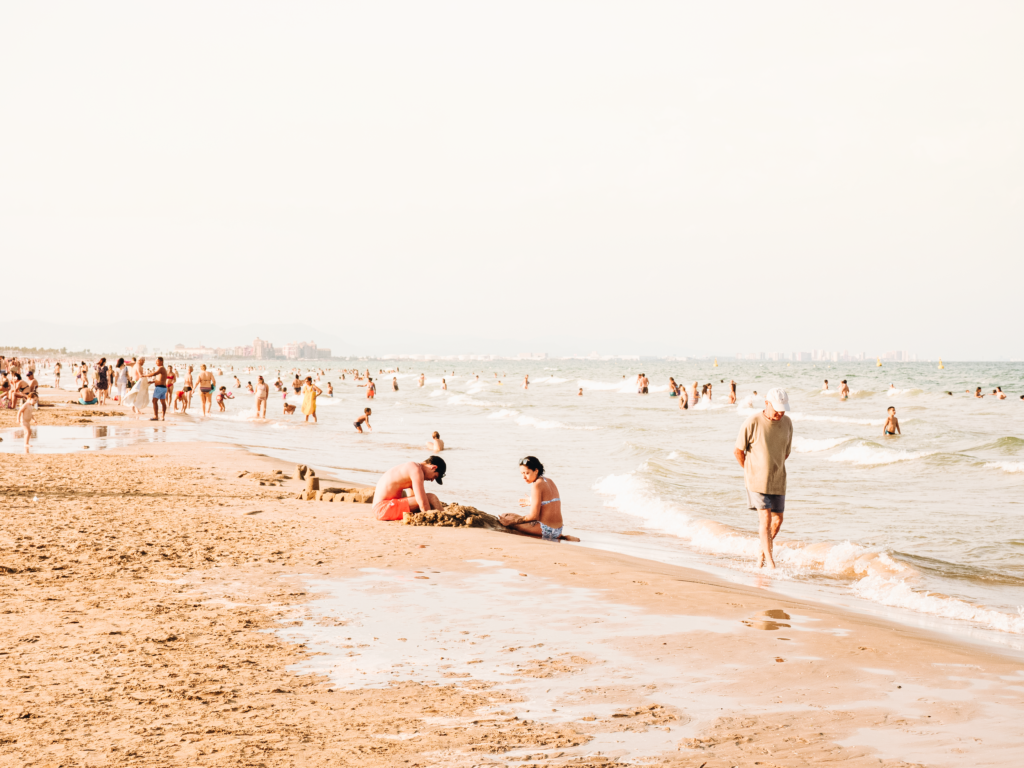
There are plenty of idyllic beaches easily reachable from the city, so pack a swimsuit. Credit: Shutterstock

Valencia Cathedral is just one of the city’s many architectural beauties. Credit: Shutterstock 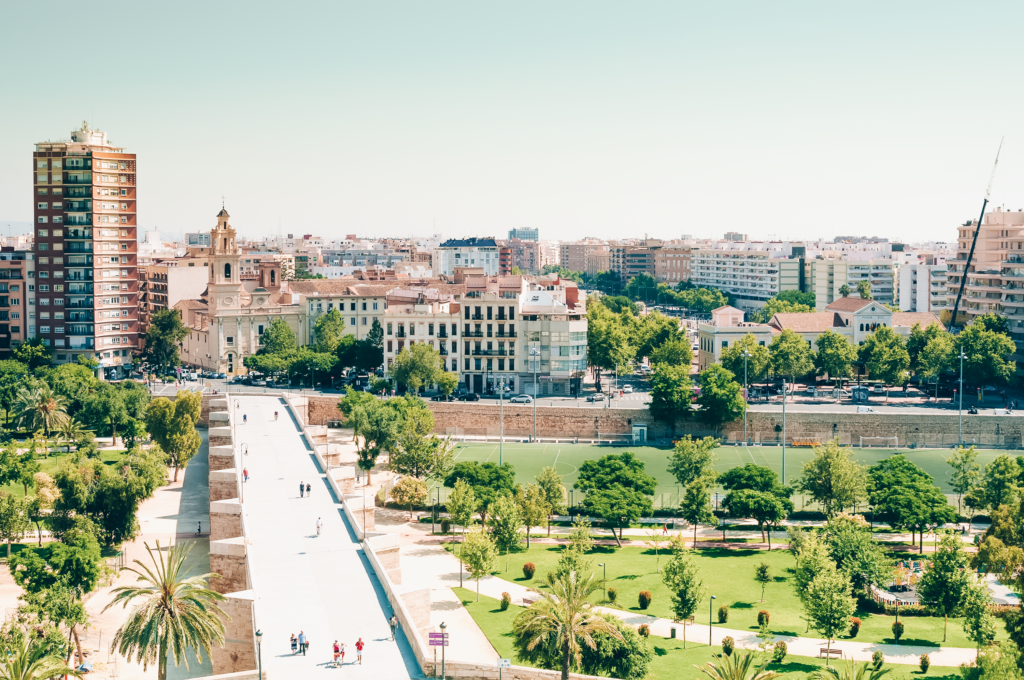
Take a stroll through Valencia’s Turia Gardens, one of the city’s beloved green spaces. Credit: Shutterstock
Need some time out to relax? The closest beach to the city centre, Las Arenas, starts at the marina and blends into Malvarrosa Beach to the north, and can be reached from the city center by bus or taxi. The palm tree–lined promenade is lined with bars and restaurants, and open-air nightclubs that keep going all night in summer.
If you prefer your beaches a little more chilled, El Saler Beach, 8 miles to the south of Valencia in Albufera National Park, is gloriously unspoiled and protected from the wind by sand dunes and pine trees. You can get a bus from the city centre and the journey takes around 45 minutes.
Stay
Hotel One Shot Colón 46
It’s easy to find a good-value—and stylish—hotel at most price points in Valencia. The modern Hotel One Shot Colón 46 has a fabulous location on one of the city’s main shopping streets, Calle Colón, and you’re arriving from the airport, trains conveniently stop at Colón metro station on the opposite side of the road. The hotel bills itself as an art hotel and indeed the corridors are lined with works by local artists. Rooms are small but perfectly adequate, and those on the top floor have balconies overlooking the street. A buffet breakfast costs extra but is good value, and includes fresh fruit, pastries, cheese, ham and eggs.
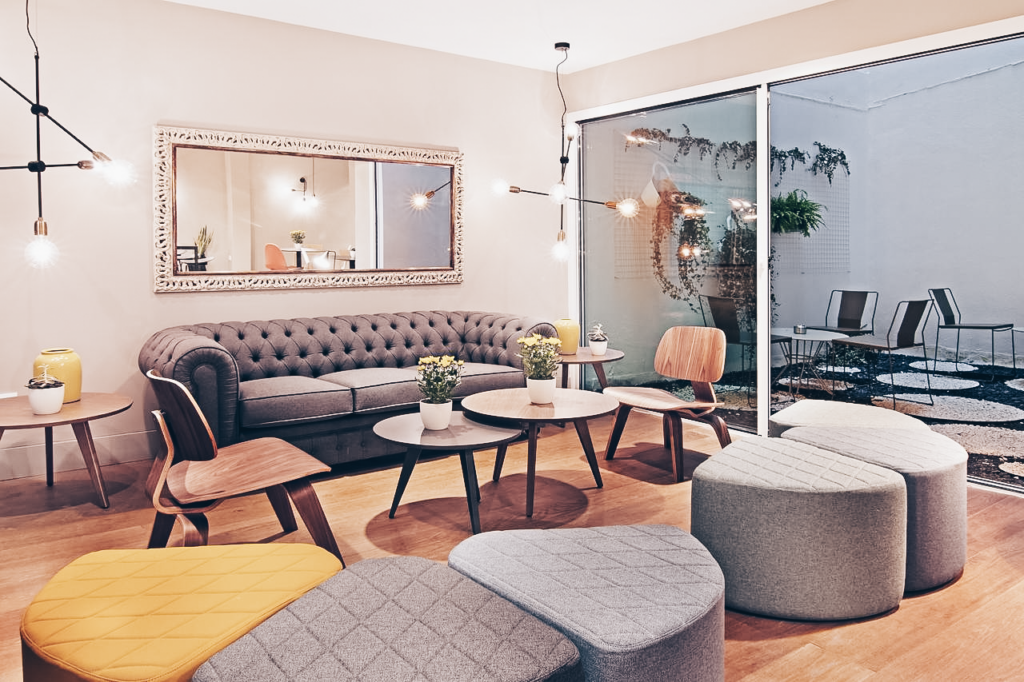
Hotel One Shot Colón 46 is located in Valencia’s shopping district. Credit: Hotel One Shot Colón 46 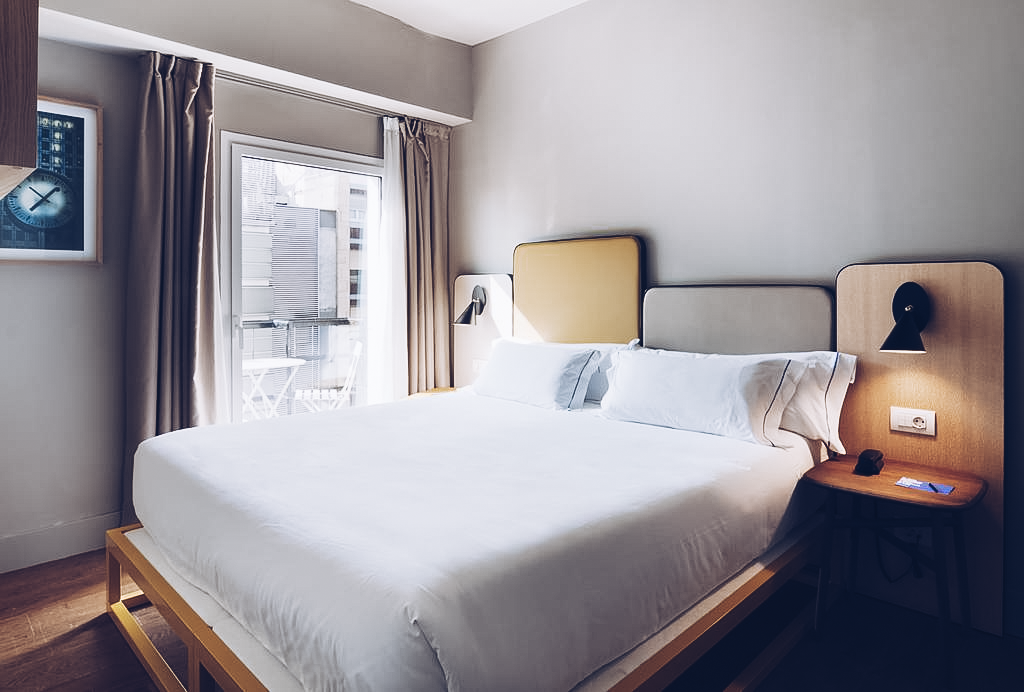
Put your feet up in Hotel One Shot’s luxurious rooms after a long day exploring the city. Credit: Hotel One Shot Colón 46
Hostal Antigua Morellana
Another Old Town gem is Hostal Antigua Morellana. Run by four sisters, the hotel is set in an 18th-century townhouse with a warm, homely feel; rooms feature period furniture, pretty floral bedspreads and floor-to-ceiling windows. There’s no breakfast, but you’ll find plenty of cafes in the surrounding streets.

For a more traditional stay, Hostal Antigua Morellana in Valencia’s Old Town is a perfect choice. Credit: Hostal Antigua Morellana 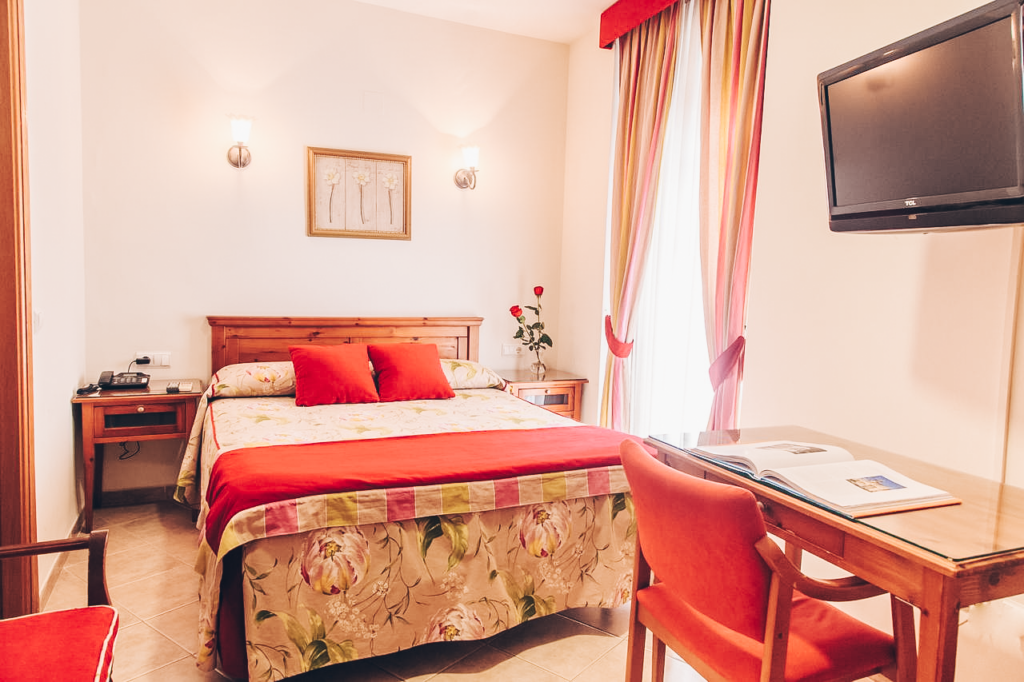
Rooms at Hostal Antigua Morellana boast charming, traditional decor. Credit: Hostal Antigua Morellana
